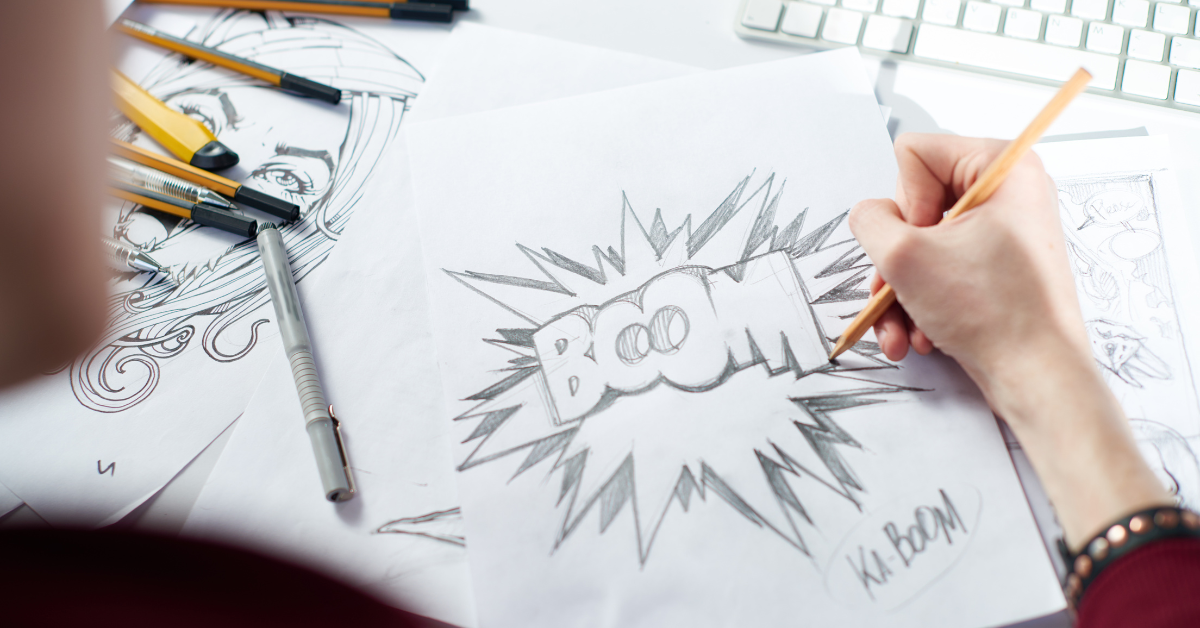In Japan, manga is more than just comics. It is a window into Japanese thinking, traditions, humour, and creativity. Manga covers every aspect of life, from school and romance to business and philosophy, making it a cultural mirror that foreigners can use to understand Japan deeply. Here, we explain its definitions, genres, production, and global influence.
WHAT IS MANGA
Definition and Cultural Significance
Manga refers to Japanese comics or graphic novels with unique storytelling and detailed artistic styles. Unlike Western comics, manga is mostly black and white, using expressions to convey emotions and drama. Manga is read from right to left, top to bottom, which surprises foreigners initially, but soon becomes natural. Manga is serialized in magazines and compiled into volumes. In Japan, manga is read by everyone. Businesspeople read business manga on trains, students enjoy romance or sports manga during breaks, and older generations read historical manga at home. Manga depicts Japanese school life, family, humour, dreams, struggles, society’s rules, and daily expressions, becoming a cultural medium for knowledge, entertainment, and relaxation. For foreigners, it is also a tool to learn conversational Japanese, cultural nuances, vocabulary, and kanji naturally.
Manga vs Western Comics
| Aspect | Manga | Western Comics |
|---|---|---|
| Reading Direction | Right to left | Left to right |
| Colour | Mainly black and white | Colourful |
| Target Audience | All ages | Mainly teens and adults |
| Story Style | Long continuous narratives | Episodic or hero-centric |
| Publication | Weekly or monthly magazines | Monthly issues |
THE HISTORY OF MANGA
From Traditional Art to Global Pop Culture
Manga’s roots are in emaki picture scrolls and ukiyo-e prints during the Edo period. Modern manga began post-WWII with Osamu Tezuka, the God of Manga. His Astro Boy introduced cinematic transitions and emotional storytelling. The 1960s-70s expanded genres to crime, romance, and fantasy. From the 1990s, global hits like Naruto, One Piece, and Attack on Titan popularised manga worldwide. Manga conventions, museums, and cafes now exist globally. It has become a cultural bridge connecting Japan with other countries through stories and art.
Famous Manga Artists
| Name | Famous Work | Impact |
|---|---|---|
| Osamu Tezuka | Astro Boy | Modern manga storytelling pioneer |
| Akira Toriyama | Dragon Ball | Popularised shonen worldwide |
| Rumiko Takahashi | Inuyasha | Shojo and seinen cross-appeal |
| Eiichiro Oda | One Piece | Best-selling manga globally |
| Hajime Isayama | Attack on Titan | Dark fantasy with political themes |
MAJOR MANGA GENRES
Genre Table
| Genre | Target Readers | Themes and Examples |
|---|---|---|
| Shonen | Teenage boys | Action, sports, friendship (One Piece, Naruto) |
| Shojo | Teenage girls | Romance, school life (Sailor Moon, Fruits Basket) |
| Seinen | Adult men | Crime, politics, psychology (Berserk, Tokyo Ghoul) |
| Josei | Adult women | Realistic romance, daily life (Nana, Paradise Kiss) |
| Kodomo | Children | Education, moral stories (Doraemon, Anpanman) |
WHY MANGA IS POPULAR WORLDWIDE
Appeal Beyond Language and Borders
Manga offers universal themes like friendship, love, dreams, and justice. Its detailed drawings express emotions deeply, immersing readers in stories. Unlike Western comics focusing on superheroes, manga has genres for all ages and topics from cooking to business. Manga helps foreigners learn Japanese vocabulary, grammar, and culture. Anime adaptations spread stories globally, boosting interest in Japanese language, fashion, and tourism. Manga is a cultural communication tool bridging nations through creativity and empathy.
Manga for Language Learning
| Skill | How Manga Helps |
|---|---|
| Vocabulary | Natural daily words and idioms |
| Kanji | Repeated exposure with furigana |
| Grammar | Conversational structures |
| Culture | Japanese customs, gestures, expressions |
| Reading Speed | Panel-based fast reading practice |
HOW TO ENJOY MANGA EFFECTIVELY
Practical Tips for Foreign Readers
Choose a genre you like. Beginners can read children’s manga or famous shonen titles. Reading aloud improves pronunciation. Comparing English and Japanese versions shows nuance differences. Manga with furigana aids kanji learning. Visit manga cafes to experience Japanese reading culture. Online apps provide easy access with legal translations. For deeper learning, note onomatopoeia, idioms, and cultural references. Joining clubs online or locally helps discussion and sharing insights with other fans.
Recommended Manga for Beginners
| Level | Manga Title | Reason |
|---|---|---|
| Beginner | Doraemon | Simple vocabulary, daily topics |
| Elementary | Yotsuba | Easy sentences, slice of life |
| Intermediate | One Piece | Action vocabulary, emotional expressions |
| Advanced | Death Note | Complex dialogues, legal terms |
| All Levels | Shirokuma Cafe | Humour, simple and advanced mix |
ADDITIONAL INSIGHT Manga Production Flow
| Step | Description |
|---|---|
| Planning | Storyboarding and concept creation |
| Drafting | Rough sketches by mangaka |
| Inking | Final drawing with pen and screentones |
| Editing | Feedback from editor for plot and art |
| Publishing | Serialisation in magazines, then volumes |
| Adaptation | Anime, movie, game or merchandise production |
CONCLUSION
Manga is more than comics. It reflects Japanese dreams, struggles, humour, and values. Understanding manga reveals creativity, resilience, and empathy within Japanese society. Whether for entertainment, study, or cultural research, manga offers insights, knowledge, and inspiration to explore the world with open-minded curiosity.






